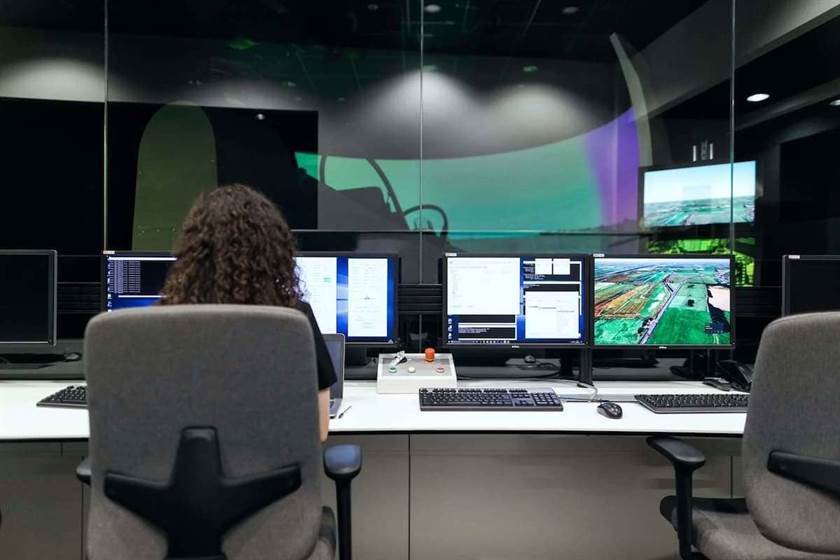Or sign in with
Defensics is a comprehensive, versatile, automated black box fuzzer that enables organizations to efficiently and effectively discover and remediate security weaknesses in software. Threat Modeling – Bring your application design weaknesses to light by exploring potential hacker exploits. Spot design flaws that traditional testing methods and code reviews might overlook. Synopsys offers products and services that can be integrated throughout your SDLC to help you build secure code, fast.

By framing these questions around SDLC he was better able to hone in on his ultimate solution and to build the right tools for the right users. My friend wanted to start the a company and reached out to me and others for guidance. I advised him to use SDLC to first perform a requirements analysis even though his ambitions were quite large. Software development – as we all know – is a broad domain and can cover website design tools and online forms to more robust machine learning or backend systems. In other words, SDLC will force you to follow steps and to ensure you are doing the right actions at the right time and for the right reasons. In this phase you get to earn the trust of your stakeholders by embodying a builder’s mindset.
Then based on the assessment, the software may be released as it is or with suggested enhancement in the object segment. Once the software is certified, and no bugs or errors are stated, then it is deployed. During this stage, unit testing, integration testing, system testing, acceptance testing are done. For Example, A client wants to have an application which concerns money transactions. In this method, the requirement has to be precise like what kind of operations will be done, how it will be done, in which currency it will be done, etc.
Our red team models how a real-world adversary might attack a system, and how that system would hold up under attack. WhiteHat Dynamic- Dynamic analysis evaluates an application while executing it to uncover issues with its runtime behavior. Defensics- Identify defects and zero-day vulnerabilities in services and protocols.
Control the process and make sure your deliverables make quality expectations. You add as many triggers as you need, which set off actions that complete simple tasks and take care of busywork that would otherwise slow your team down. Regardless of the SDLC methodology that you choose, there are consistent SDLC phases that should be followed in order to successfully complete a deliverable for the client.

Builds evolve as teams add new features and improvements with each deployment. While time-consuming, prototyping is much less expensive than making radical changes after the development phase. The higher management either signs off on the project or asks the team to go back a step in the SDLC and come up with a new suggestion.
SDLC and SAD are cornerstones of full life cycle product and system planning. In traditional software development, security testing was a separate process from the software development lifecycle (SDLC). The security team discovered security flaws only after they had built the software. This led to a high number of bugs that remained hidden as well as increased security risks. The agile model arranges the SDLC phases into several development cycles.
Failure to take into account the needs of customers and all users and stakeholders can result in a poor understanding of the system requirements at the outset. SDLC or the Software Development Life Cycle is a process that produces software with the highest quality and lowest cost in the shortest time possible. SDLC provides a well-structured flow of phases that help an organization to quickly produce high-quality software which is well-tested and ready for production use. S-SDLC stresses on incorporating security into the Software Development Life Cycle. Every phase of SDLC will stress security – over and above the existing set of activities.
As a proven leader in the application security field, Synopsys offers a comprehensive suite of products and services perfectly tailored to this effort. With the adoption of faster and newer development life cycles, organizations are moving away from older SDLC models (waterfall, for example). With ever-increasing demands for speed and agility in the development process, automation has played a key role. With modern application security testing tools, it is easy to integrate security throughout the SDLC. Currently, the SDLC is not as popular as before, especially with the rise of agile models and mindsets.

With LogRocket, you can understand the scope of the issues affecting your product and prioritize the changes that need to be made. LogRocket simplifies workflows by allowing Engineering and Design teams to work from the same data as you, eliminating any confusion about what needs to be done. Requirements are collected and the overall objective is identified during this phase. A business analyst collects and generally documents those system and business requirements. Finally, quality assurance engineers gather all documents written in all phases and conduct an overall deep test on every specific aspect of the system.
For example, your teams and managers need to accept that they can’t know everything in advance. Focusing on just the big picture and https://www.globalcloudteam.com/ the first 2 weeks’ plans can be a big transition. When you look at its stages, Agile might not seem so different from Waterfall.
Teams start thinking about security risks and measures during the first stage of the SDLC. The agile approach requires the team to perform testing at the end of each sprint to ensure no potential exploits end up in production. Whenever a user reports a bug or the team discovers a new flaw, the product moves back through its SDLC as many steps as necessary.
Based on the high-level design created by the business analyst, a system analyst translates the high-level design to a detailed low-level design that considers software and hardware technology. The system development life cycle SDLC was initially introduced in a book called Global Business Information by Feoffrey Elliott. Now that you know about SDLC and the required tools, it’s time to get started on your project!

 1801 South Ocean Drive, Suite C Hallandale Beach, FL 33009
1801 South Ocean Drive, Suite C Hallandale Beach, FL 33009
For more information call us:
(786) 797.0441 or or: 305 984 5805